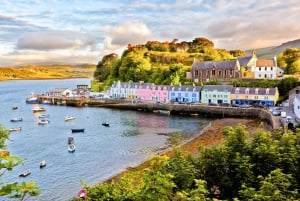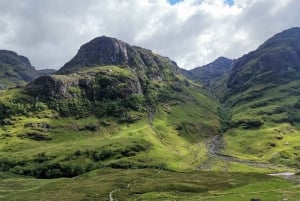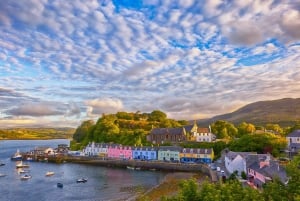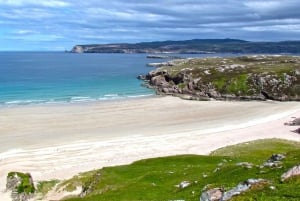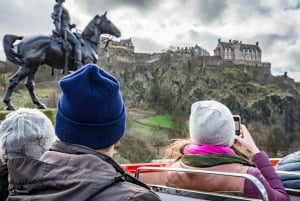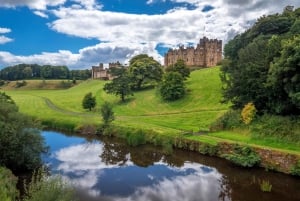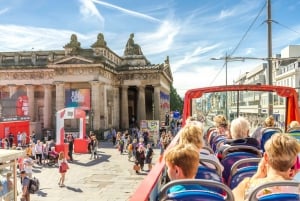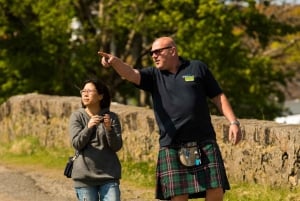The Kingdom of Fife
Geographically, Fife is a natural peninsula and its political boundaries have not changed much over the ages. It is bounded to the north by the Firth of Tay and to the south by the Firth of Forth. Being the smallest administrative region with a population of only 350,000,there are no cities in Fife; however, the region lies centrally between Edinburgh, Dundee and Perth.
Fife is commonly referred to as a Kingdom because fifth century texts refer to the region as one of the seven Kingdoms of the Pictish tribes. Back then, the region was called Fib but when around the sixth century the Gaelic language became popular, the region became known as Phyffe; later anglicised to the current name of Fife.
If you are travelling over the Forth Bridge, your first stop should be Dunfermline, which was once the Capital of Scotland for over 500 years. A must visit is Dunfermline Abbey and Church were King Robert the Bruce is buried. However, there are many other historical places of interest such as Falkland Palace which was built between 1502 and 1541 as the country retreat and hunting lodge of eight Stuart monarchs including Mary, Queen of Scots.The East Neuk of Fife is another place to visit with its small fishing villages and rolling hills. Globally, St Andrews in Fife is known as the 'home of golf' as this is where the popular sport began.
Fife, despite having many historical connections and the rustic atmosphere of small villages and towns is, at the same time, committed to a future of renewable energy technologies, inviting a lot of European and global investment in many of its projects.


